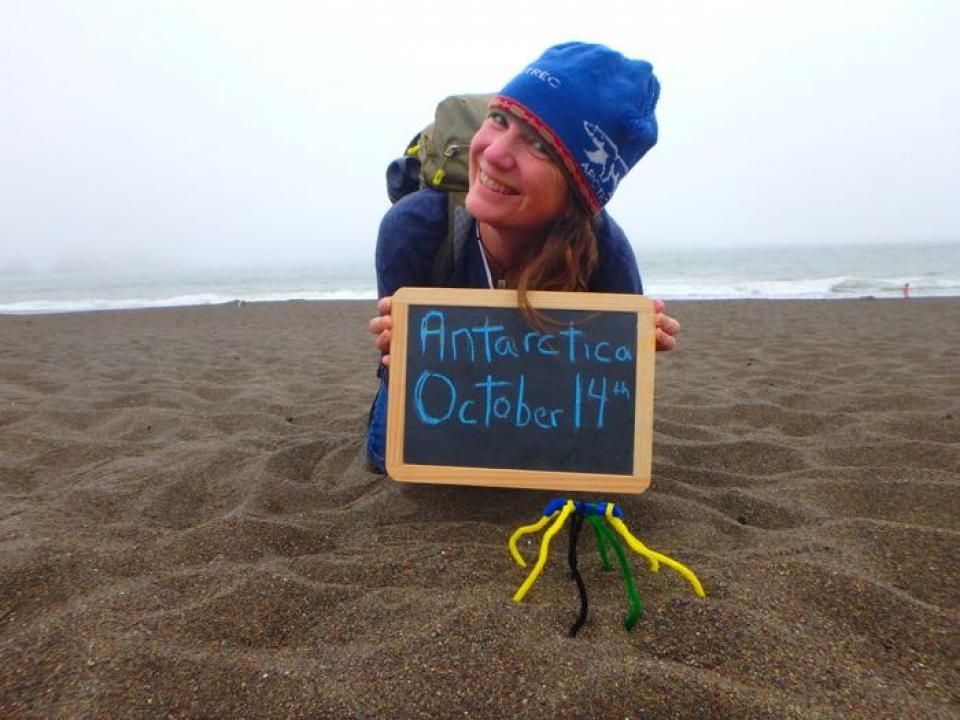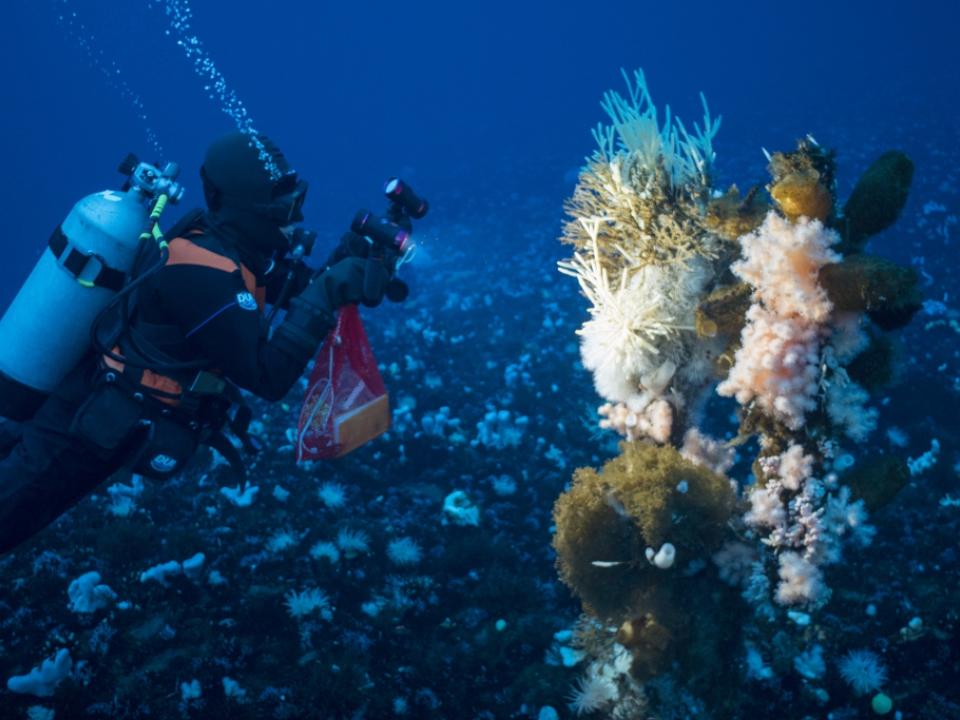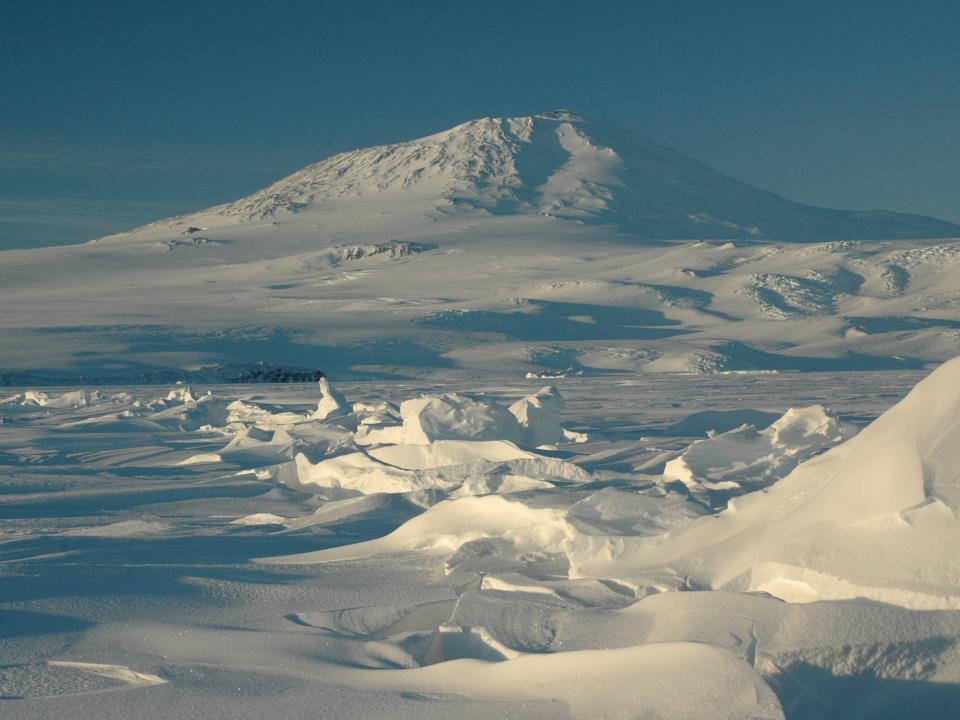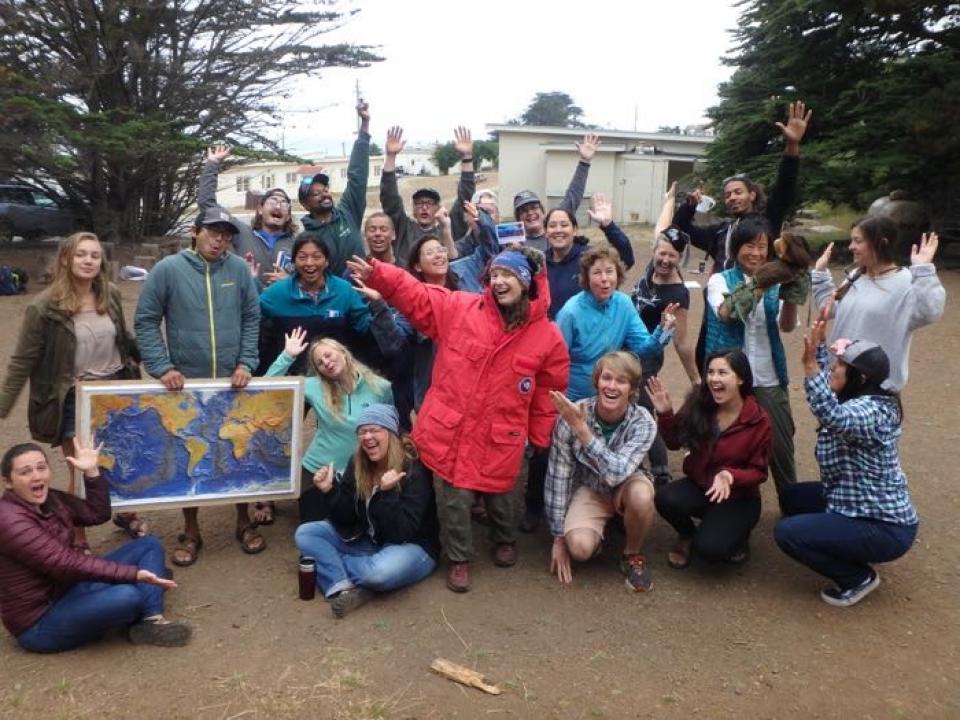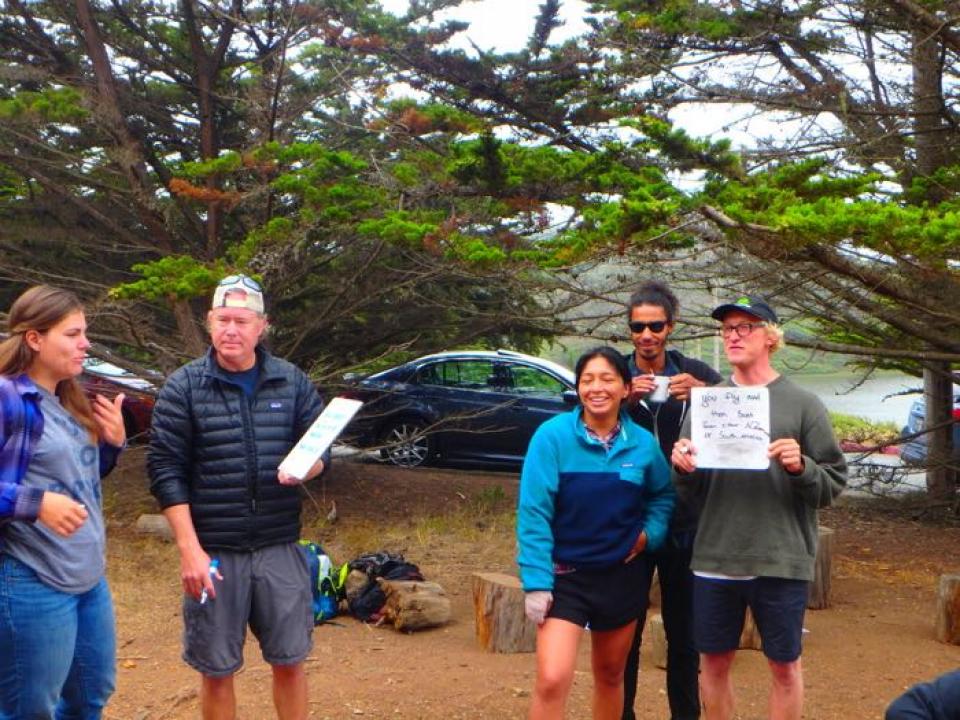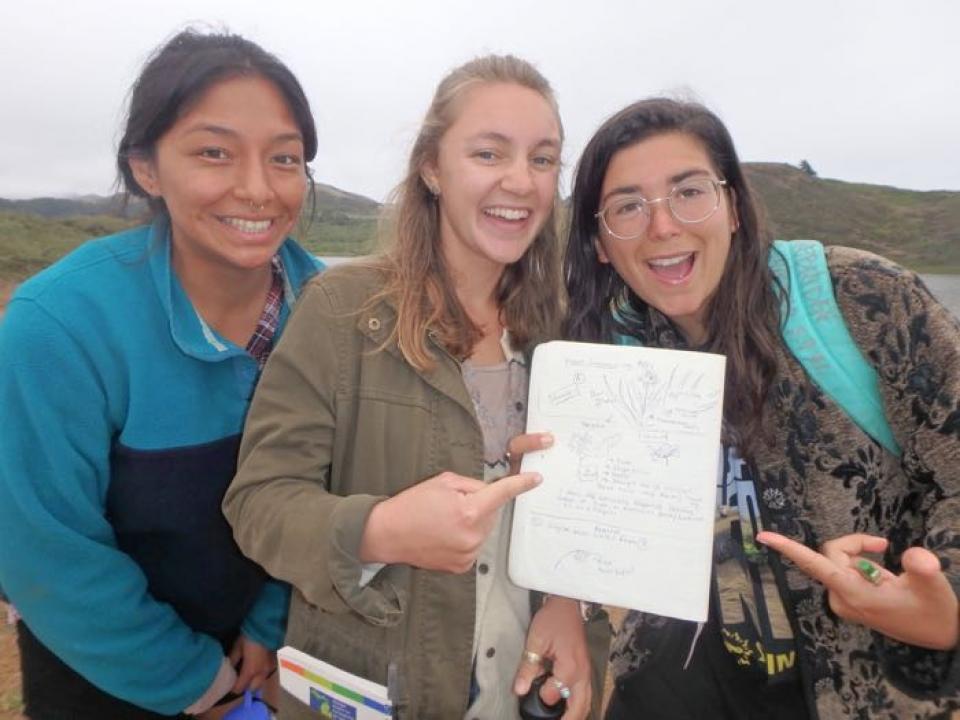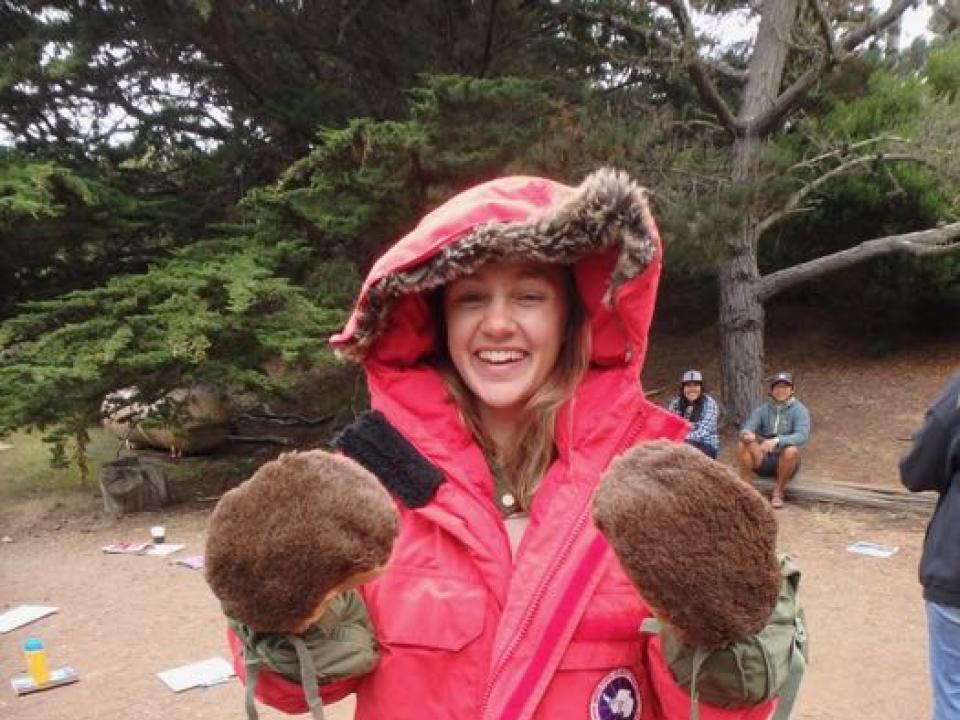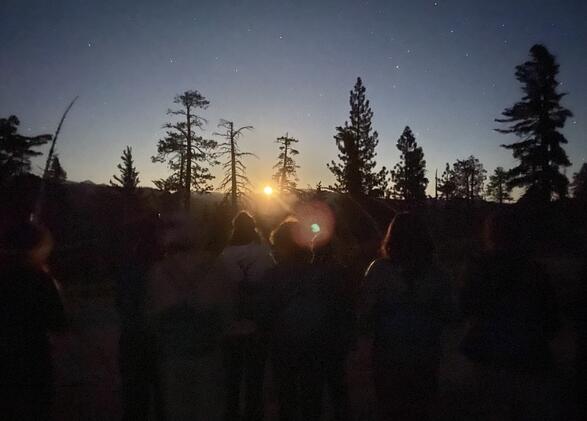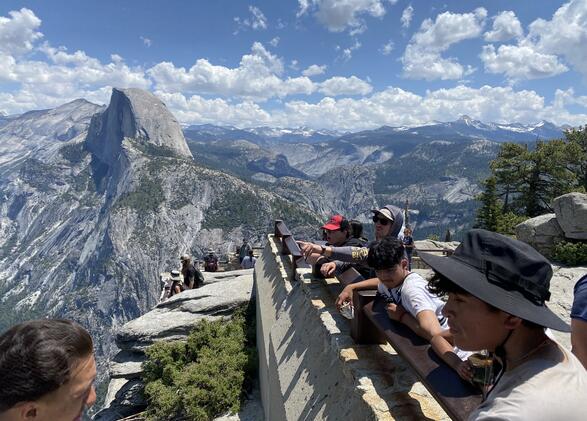Amy Osborne Adventures to Antarctica with PolarTREC

I hung up the phone with my hands shaking, my heart racing. It was January 11, 2019, and I had just received the most exciting news. I was selected to go to Antarctica to conduct field research with the PolarTREC (Teachers and Researchers Exploring and Collaborating) program! I immediately said “Yes!” to this opportunity of a lifetime.
This “Yes!” means that I will be traveling to the dry and icy continent of Antarctica on October 14, 2019, to join Dr. Amy Moran and her team of field research scientists from the University of Hawaii. The team will be diving under the Antarctic ice to study the impact ocean temperature changes may be having on the growth and development of the embryo and larvae of marine ectotherms. Marine ectotherms are more commonly known as cold-blooded animals and in the icy waters of Antarctica are animals like sea spiders and sea slugs. I’ll be a dive tender, which means that I'll be supporting the divers before they go into the water as well as after they get out of the water. I’ll also help out once the specimens are brought back to the lab.
On the continent of Antarctica, I will be living at McMurdo Station, a U.S. research station. To find Antarctica on a map or globe, just find the southernmost continent. If you want to find McMurdo Station on a map, find New Zealand and then head south until you reach Antarctica. Did you know that Antarctica is a continent covered, mostly, in ice and is 1.5 times the size of the United States!?
I am so excited to be living out my dream of traveling to Antarctica and experiencing life as a field researcher first hand. I'm looking forward to the remote vastness of this icy continent, getting to see the wildlife that calls Antarctica home on and under the ice and most of all, participating in field research with an incredible research team.Amy Osborne
Some days the research team and I will be going to the sea ice, which is on the west side of McMurdo Station. Other days we’ll be in the Crary Aquatic Lab at McMurdo.
Funded by the National Science Foundation, the goal of PolarTREC is to, “invigorate polar science education,” provide opportunities for educators to grow their science identity, support STEM (Science, Technology, Engineering, and Mathematics) practices with the audiences with whom the educators work and build relationships between the scientific research and education communities. As a PolarTREC educator, I will be participating in the research and sharing my experiences via online journals so the general population can find out more about life in the polar regions and the research being conducted in Antarctica.
I’ll be with the research team in Antarctica until November 25, 2019, when I’ll return to NatureBridge to share my experience with NatureBridge staff and participants, as well as the general public, and create STEM lessons that educators can use in the field with students.
In the meantime, I’m preparing for my expedition by conducting outreach to schools and other learning communities, sharing the details of my trip with all who will listen, filling out a lot of paperwork, figuring out what to pack and practicing using the technology I will need down there to document and share my Antarctic experiences. This includes creating videos, writing online journals and preparing for a Polar Connect event in which people can join a live online presentation and question and answer session conducted from McMurdo Station.
Through this PolarTREC opportunity, I am excited to learn all I can from Dr. Amy Moran and the rest of the research team about conducting field research in remote places and bring my new knowledge back to the NatureBridge community.Amy Osborne
To learn more, ask questions and follow my expedition via online journals, check out the expedition website here. You’ll find my latest journal entry where you can learn more about the when, where, why, who and how of my expedition!
You can also follow me on Instagram @amy_in_antarctica or Facebook @amyinantarctica. Bandwidth in Antarctica is limited so following the blog is the best way to stay up to date on my latest adventures in the field. I hope you will join me diving under the ice in Antarctica!
